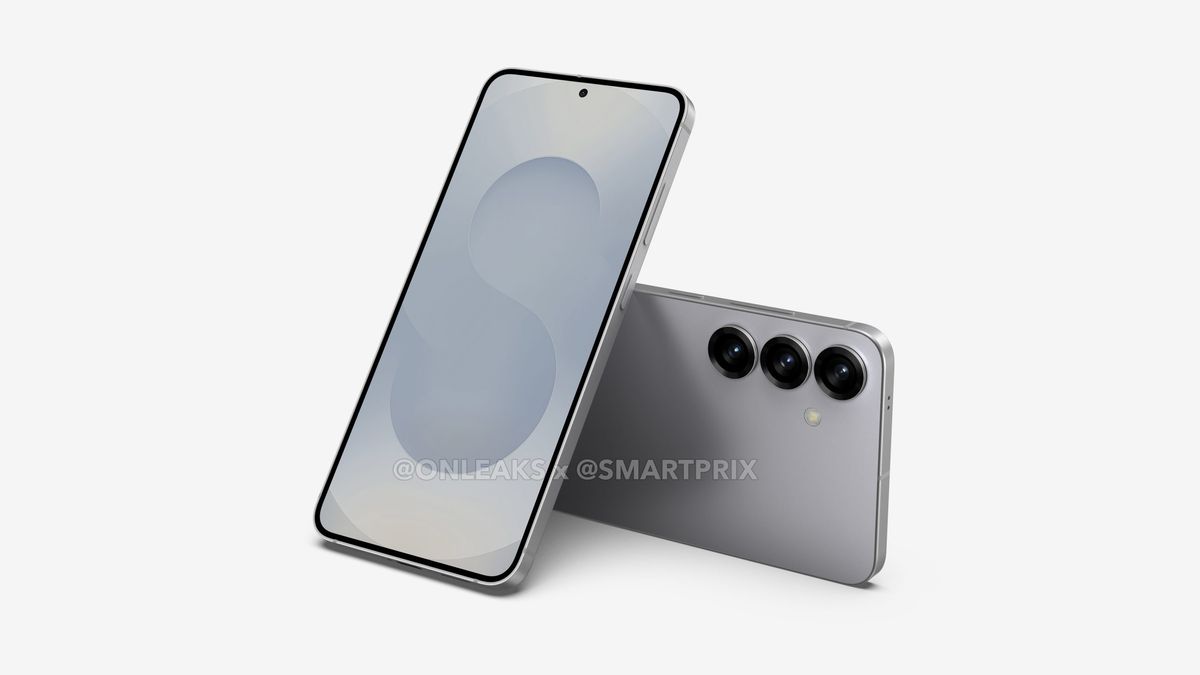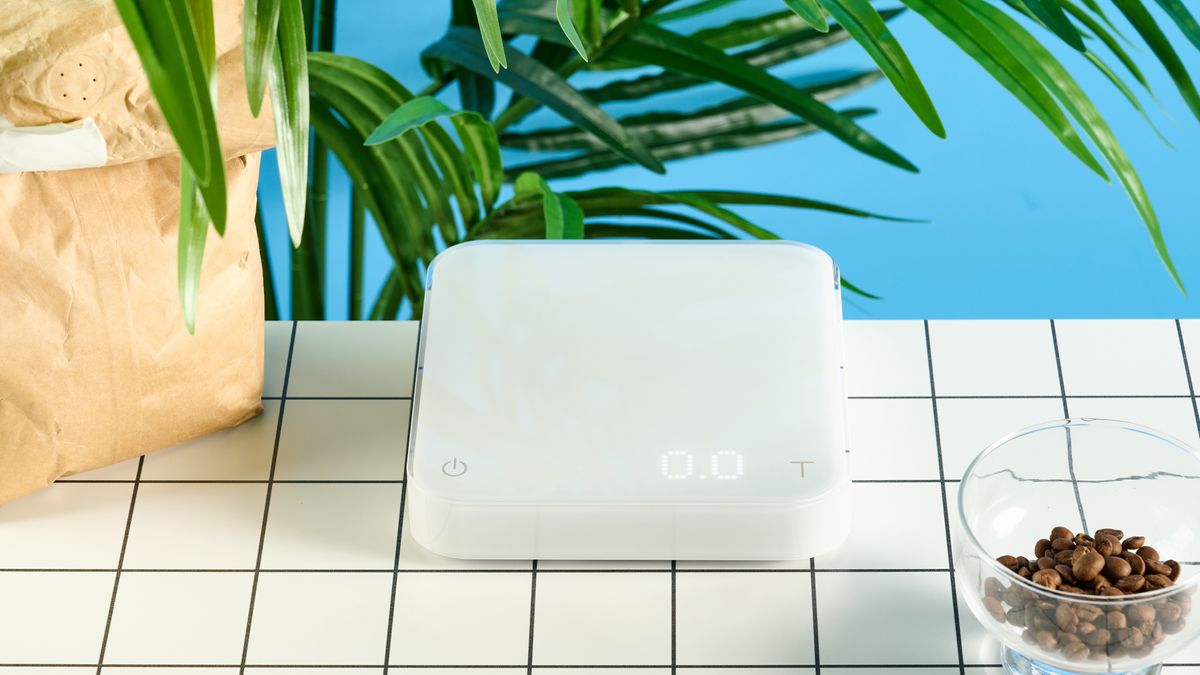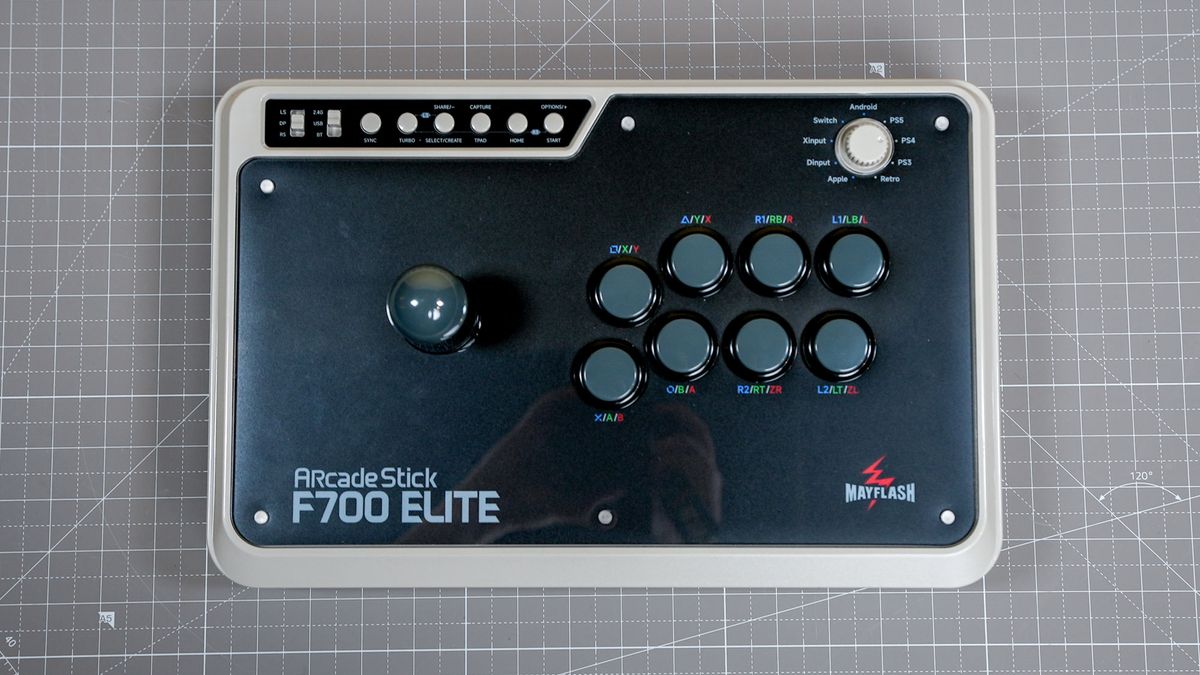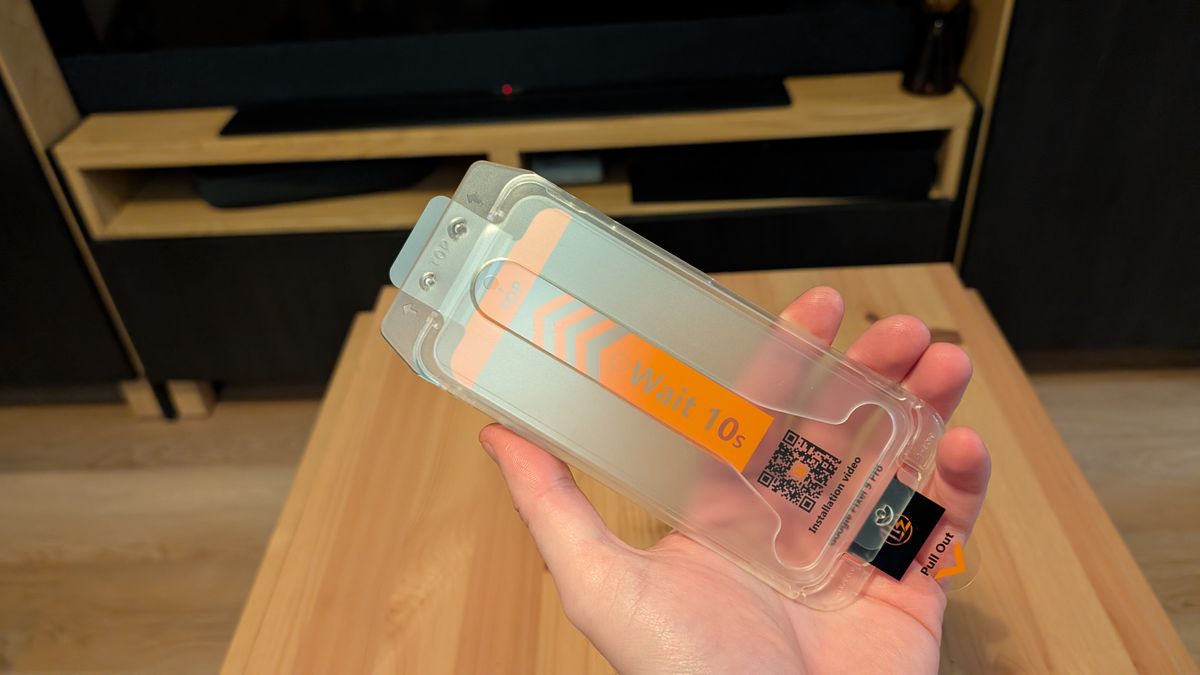A recent massive leak revealed the chip design for the upcoming Tensor G5, which is expected for the Pixel 10.
Google has always been in a somewhat strange middle ground regarding chip performance, with the Pixel series often falling short of Apple's A-series and Qualcomm's Snapdragon flagships. The Tensor G5 is set stand apart from its predecessors due to it being the first to be completely designed internally. We hadn't heard much about the chip's design, but a recent leak from Google's gChip's division, (via Android Authority) has told us everything about Google's next generation of chips.
The Tensor G5 has an interesting change when it comes to the CPU clusters, Google has elected to keep the same single Arm Cortex-X4 primary core as the Tensor G4. It's also set to increase the mid-cluster Cortex-A725 numbers to five while limiting the little cluster to two Cortex-A520 cores. However, the biggest change is that the Tensor G5 is a 3nm chip, which means it will be both faster and last longer than the other models. This finally puts the Tensor on a similar level to Apple's A18 and the Snapdragon 8 Elite.

Google is also going to step away from the Arm Mail GPU used in prior Tensor chips. Instead, the Tensor G5 comes with a GPU from Imagination Technologies, the DXT-48-1536 which runs at 1.1 GHz. While information about the new GPU's abilities is limited, we know it supports raytracing — which is a feature we see in the best gaming phones. The Tensor G5 also supports GPU visualization, which will allow the use of accelerated graphics in a virtual machine. That fits considering the virtualization-based features that Google has been working on.
Finally, there are some improvements to the TPU, which should mean an improved AI performance. According to the report, the Tensor G5s TOPS (Trillions of Operations Per Second) value is 40% larger, while Google's internal benchmarks state that the new TPU is around 14% faster than the prior model.
The TPU also contains a few new features for Google Developers, including small embedded RISC-V cores and support for on-device training — similar to the iPhone. Finally, it seems that the new chip is fairly larger than the Apple A18 Pro, which has a die size of 105mm^5, while the Tensor G5 measures 121 mm^2.
Overall the specs for the new chip don't appear all that special, with only a few modest improvements. However, chips are only a small part of the equation when it comes to performance. For the time being, we can only wait and see what the Pixel 10 can do with the chip and if it will help it to be one of the best Android phones.
More from Tom's Guide
- I spent 9 months with the Galaxy S24 Ultra — here's what Samsung could learn for the S25 Ultra
- Qualcomm exec on the Snapdragon 8 Elite: 'You have something that rivals any PC you've ever used in your pocket'
- Google Pixel 9a just tipped for surprise downgrade





















 English (US) ·
English (US) ·